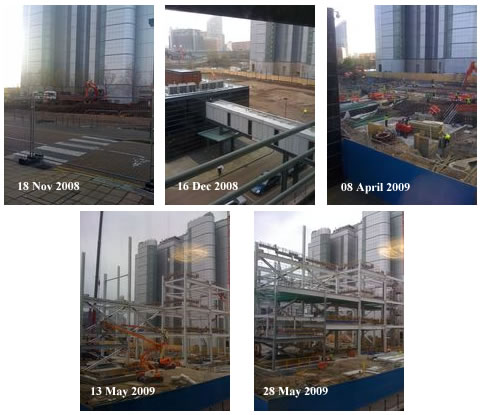How successful have recent new domain launches been?
.me relaunched to the worldwide public in June 2008, and now claims to have 250,000 registrations.
.tel launched to the general public only on March 23 2009, and claims 200,000 registrations.
.eu launched April 2006 and has reached 3,000,000 domains.
Are these numbers are success? And by what standard do you rate success?
Let’s compare with other country-code domains. The statistics indicate that most country-specific domains have 1 million or less domains registered. Only a few countries have more than this (China, Germany, the UK and the Netherlands are notable). For the registry operators in these regions, a large number of domains registered is counted as a mark of success.
However other registries with relatively small numbers of domains registered also boast of success. Their view is that countries like the UK have a large number of inactive or ‘parked’ domains registered. In Ireland however every domain registration must be justified, leaving a much ‘cleaner’ registry – there are just 125,000 .ie domains registered.
So from the point of view of the consumer, typing in a .ie domain means you more likely to end up where you expected, rather than a .uk or .de domain where you may well end up on a page full of ads.
Do we really need more domain extensions? The idea behind ICANN’s push to allow anyone to come up with an idea for a new extensions and start selling domains is arguably fair, and levels the playing field against incumbent gorillas like Verisign (.com and .net), but what will consumers and end-users get out of it? So far, .tel is the only new domain that has tried to offer something different.
.tel is not about websites or email. It’s like a people directory – you store your contact information in your .tel domain (hosted on .tel’s servers) and the idea is that future communication devices will lookup your contact information from the .tel domain. So far there’s little penetration of .tel software onto mobile phones and PDAs, but if they are to succeed this is essential.
We look forward to other innovative uses of new domains – more of the same would be a waste of this opportunity.
New gTLD sightings


